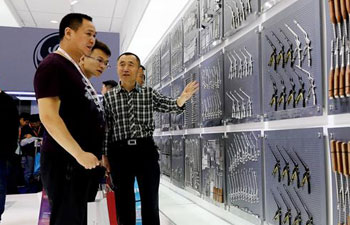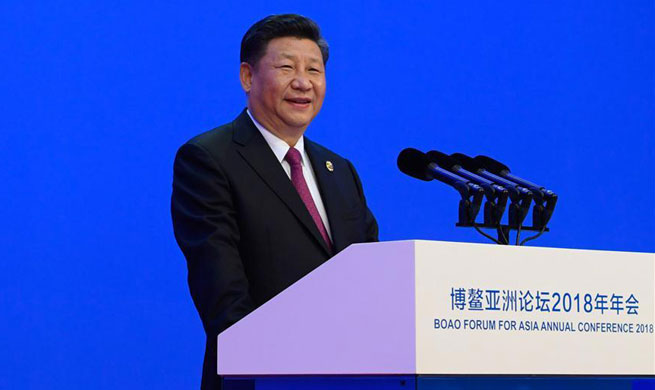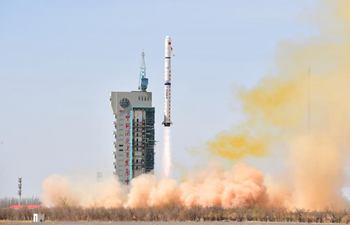RIO DE JANEIRO, April 11 (Xinhua) -- Just 10 percent of the population held 43.3 percent of Brazil's entire income, the official statistics agency said Wednesday, announcing the results of a survey conducted last year.
According to the Continuous National Household Sample Survey by the Brazilian Institute of Geography and Statistics(IBGE) in 2017, regional inequalities were also significant. The 10 percent richest in the northeastern region had the highest share of earnings -- 45 percent, while in the southern region, the upper 10 percent held 37.2 percent of the earnings.
Of the 207.1-million population, 124.6 million had some sort of earnings, either from work or other sources such as retirement pension, rent and cash transfer programs.
According to the IBGE, half of workers with the lowest earnings received, on an average, 754 reals (22.4 U.S. dollars) per month, which was less than the minimum wage. But the 1 percent with the highest earnings received around 27,213 reals (8,027 dollars) on average, which was over 36 times more.
However, if all the people who had some source of income earned equally, everyone would have received 2,112 reals (623 dollars) monthly, which was slightly more than twice the minimum wage.
In 2017, the average per-capita household monthly earning was 1,271 reals (37.5 dollars). Of the total national wage bill of 263.1 billion reals (77.6 billion dollars), the richest 20 percent's share was over 80 percent.

















